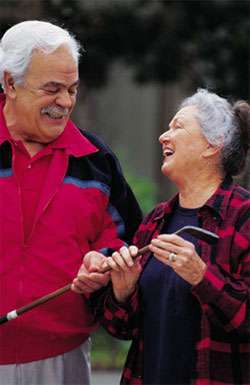
Many of the patients in a hospital at any given time are totally dependent on staff members for everything they need. They cannot dress themselves, bathe themselves, feed themselves, and take care of toileting needs. All of these activities call for physical strength and interaction. Nurses need a certain amount of physical strength, for instance, in addition to the emotional and psychological stamina to meet patients’ needs.
It’s not uncommon for health care workers in direct patient care to experience serious injuries. Work-related injuries are high in hospitals and other healthcare institutions. This has wide-ranging effects on every aspect of care, including quality of care. When a nurse is not able to work, someone must fill that spot.
It’s not uncommon for nurses to get out of direct patient care and into some other kind of work, especially if they have suffered repeated injuries. Nursing shortages are common everywhere, not only in the United States but also worldwide. A hospital is only able to be a hospital if it has adequate patient-care staff. A nursing home or other direct-care institution can only take patients if it can maintain its direct-care staff.
The OSHA act of 1970 requires that employers “assure safe and healthful working conditions” for its employees. It also requires that “each employer shall furnish to each of his/her employers employment and a place of employment which are free from recognized hazards that are causing or are likely to cause death or serious physical harm to his/her employees.”
Most patients must be lifted at some time in their hospital or nursing home stay, and this is the activity that causes the most injuries. OSHA recommends that lifting be eliminated from a healthcare worker’s duties to the extent that this is possible.
Bed Trapeze
Perhaps the one piece of equipment that accomplishes these requirements more than any other is the trapeze for the hospital bed. Some beds come equipped with these trapeze devices; however, many are free-standing. The bariatric patient is the most  challenging, and there are trapezes designed specifically for the heavier patient.
challenging, and there are trapezes designed specifically for the heavier patient.
With a trapeze, some patients who otherwise are unable to help themselves can assist in getting themselves in and out of bed and in changing positions in bed, so vital to a patient’s overall well-being. This vital piece of equipment also encourages patient involvement and promotes independence, both important to a patients’ healing process. At the same time, it helps the caregiver do what needs to be done without suffering debilitating injury.
Perhaps even more importantly, a trapeze on the hospital bed of a patient who is being cared for at home can make it possible to bring the patient home sooner. It will also ease the demands on the caregiver at home.
Bed Assist Rail

Another useful device is the assist rail. The assist rail attaches to the side of the bed and allows the patient to use this bed rail as a Grab Bar to assist in exiting or entering the bed. Patients also use the bed assist rail to turn over or adjust their position within the bed. This simple device allows patients to do simple tasks without the need of assistance from care givers.
If you are facing a period in a hospital bed at home, look at Vitality Medical’s array of hospital bed trapezes and assist rails that you can purchase to facilitate your care and perhaps bring you home sooner. If you are the caregiver of a patient being cared for at home, by all means, investigate adding this important piece of equipment to your patient-care arsenal. At Vitality Medical, these professional pieces of equipment are affordable for the home-bound patient.
No comments:
Post a Comment